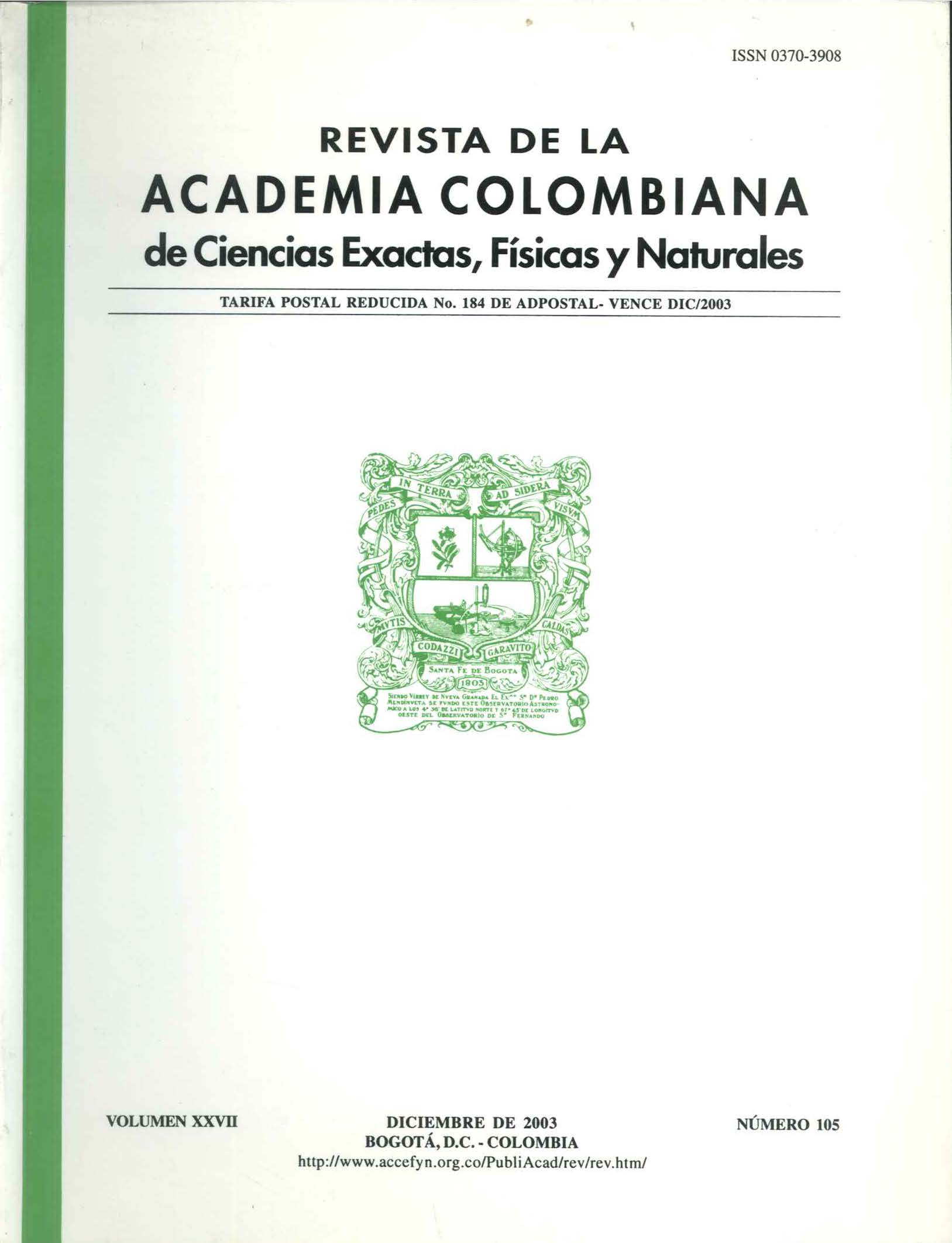Abstract
We present a model of entry of asteroids and comets into a planetary atmosphere based on a model proposed by Chyba et al. (1993). The equations of the model are resolved by numerical integration and were applied to simulate the Tunguska event. The model is used to study the entry of asteroids and comets into the atmospheres of Mars and Venus, and the results are compared with observations obtained by probes sent to these planets.
References
Anderson, J. 2000. lntroduction to Flight. Aerospace Science/Technology series. Ed. McGraw Hill.
Celnikier, L .. 1995. Understanding the Physics of Meteoritic Descent. Am. J. Phys., 63: 524-535.
Chyba, C.. 1993. Explosions of Small Spacewatch Objects in the Earth's Atmosphere. Nature, 363: 701-703.
Chyba, C., Thomas, P. & Zanhle, K. 1993. The 1908 Tunguska Explosion: Atmospheric Disruption of a Stony Asteroid. Nature, 361: 40-44.
Crawford, D. 1996. An Analytical Model of Meteoroid Entry into Planetary Atmospheres. Lunar and Planetary lnstitute.
Everhart, E .. 1985. An Efficient lntegrator That Uses Gauss-Radau Spacings. En: Dynamics of Comets: Their Origin and Evolution, 185-202. Reidel Publishing Company.
Hills, J. & Goda, P. 1993. The Fragmentation of Small Asteroids in the Atmosphere. Astron. J., 105: 1114-1144.
Keating, G., Nicholson, J. y Lake, L. 1980. Venus Upper Atmosphere Structure. J. Geophys. Res., 85: 7941-7956.
Mclnnes, C. 1995. Trans-Atmospheric Dynamics of an Ablating Hypervelocity Body. Mon. Not. R. Astron. Soc., 274: 110-114.
Neukum G. e Ivanov B. 1994. Crater Size Distributions and lmpact Probabilities on Earth from Lunar, Terrestrial-planet, and Asteroid Cratering Data. En: Hazards due to comets & asteroids. The University of Arizona Press, 359-416.
Opik, E. 1958. Physics of Meteor Flight in the Atmosphere, lnterscience Publishers lnc., New York.
Passey, Q. & Melosh, H. 1980. Effects of Atmospheric Breakup on Center Field Formation, lcarus, 42: 211-233.
Portilla, G. 1996. El problema de los dos cuerpos y el problema del satélite artificial en ecuaciones diferenciales de primer orden. Rev. Acad. Colomb. Cien., 20: 25-32.
Rabinowitz, D. et al.. 1994. The Population of Earth-crossing Asteroids. En: Hazards due to comets & asteroids. The University of Arizona Press, 285-312.
Sehnal, L.. 1990. Analytical Models of Mars' Atmosphere Density. Bull. Czech. Acad. Sci., 41: 115-117.
Seiff, A. et al. 1980. Measurements of Thermal Structure and Thermal Contrasts in the Atmosphere of Venus and Related Dynamical Observations: Results From the Four Pioneer Venus Probes. J. Geophys. Res., 8ó: 7903-7933.
Sekanina, Z .. 1983. The Tunguska Event: No Cometary Signature in Evidence. Astron. J., 88: 1382-1414.
Sekanina, Z. 1993. Disintegration Phenomena Expected During Collision of Comet Shoemaker-Levy 9 with Jupiter. Science, 262: 382-387.
Zanhle, K. 1992. Airburst Origin of Dark Shadows on Venus. J. Geophys. Res., 97: 10243-10255.

This work is licensed under a Creative Commons Attribution-NonCommercial-NoDerivatives 4.0 International License.
Copyright (c) 2023 https://creativecommons.org/licenses/by-nc-nd/4.0

